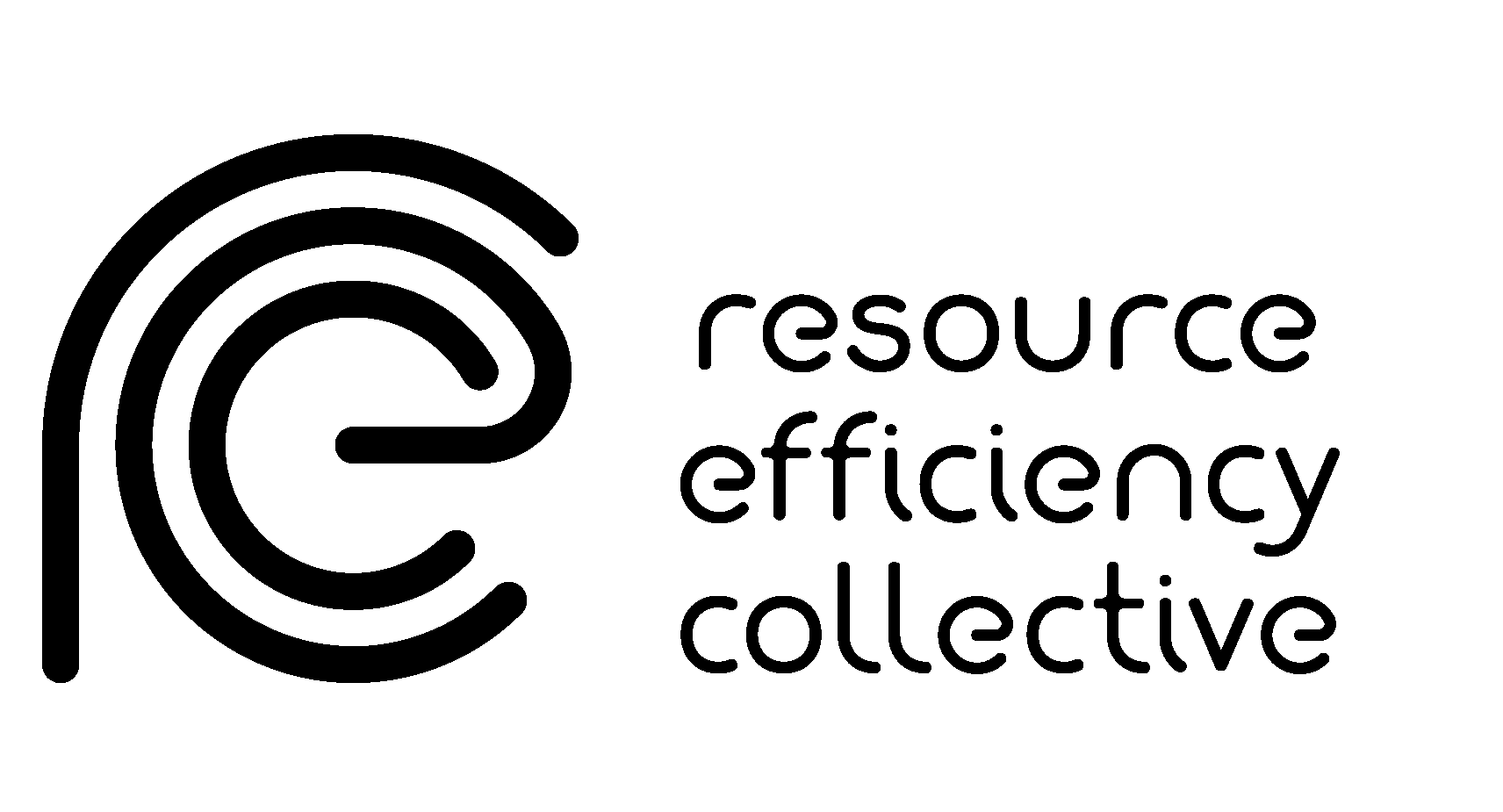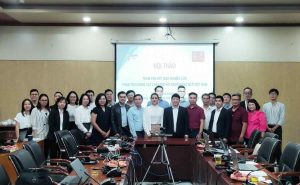A new method to estimate the lifetime of long-life product categories
Increased recycling and reuse rates are a central part of the objectives laid out by the COP21. Nonetheless, the practical implementation of what has been called the circular economy, as well as its true potential, are not easily established. This is because the impact and implementation time scales of any intervention depend on knowing the lifetime of products, which is frequently unknown.
This is particularly true in construction, responsible for 39% of worldwide emissions, 11% of which are embodied. Most material flow analysis (MFA) models will simply assume a range of plausible life expectancies when bottom-up data are lacking.
In this work, we propose a novel method of identification using the high quality but highly aggregated trade data available to establish a “mortality curve” for buildings and other long-lasting products. This identification method is intended to provide more reliable inputs to existing MFA models. It is widely applicable because of the general availability of the underlying data.
Using it on United Kingdom trade data, we identify product classes at 1 year for packaging/home scrap, 1 to around 10 years for vehicles/equipment, and around 50 years for construction. The identification approach was then validated by using classical approaches using bottom-up data for vehicles.
Read the paper from Cyrille, Trishla Shah, Michał, Matteo, and Jonathan in the Journal of Industrial Ecology here.













